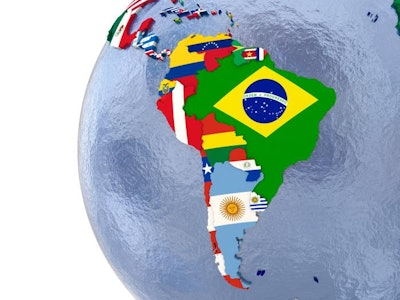
It is the time of year in which I do my research for the Latin American Top Poultry Companies that has been published for many years, first in Industria Avícola, in Spanish, and now in Poultry International, in English.
It is a colossal effort, because I personally contact each company either by e-mail, WhatsApp or LinkedIn. Over the years, an ever-growing contact list has been improved, modified and perfected. But most important of all, trust has been built among most companies and me. Year over year, this has resulted in a more reliable database.
However, all is not rosy. Some companies respond right away, with a quick answer, securely providing a number. Others – although fewer and fewer – wonder what all this is about, and others just take quite a few e-mails to obtain a response. I really get surprised to see that the larger the company, the slower they are to respond. There have more obstacles to overcome – compliance, bureaucracy, or the fact that they are public companies and information cannot be released until a certain date to avoid market/stocks impacts.
Another important fact is that we do not list all the companies. We have set production minimum thresholds for each country, based on the size of the industry. That is, Brazilian or Mexican companies have much higher minimum thresholds than companies from smaller countries, say Uruguay or Panama, for instance.
One of the interesting parts is to elaborate the top 10 list of broilers and layers. This is where you can see where the largest companies as well as countries in chicken and eggs are. Basically, Brazil dominates broiler production and Mexico egg production, but companies from both countries participate in each list. There are also two Central American conglomerates with operations in various countries that belong to the broiler top 10 list.
Another astonishing thing is to see the enormous difference between the number one company and the rest, both in broilers and layers, which shows a concentrated industry in certain countries.
I must say that all information sources are kept confidential. Coming soon, you will be able to check and compare these figures.
What do you think?
















